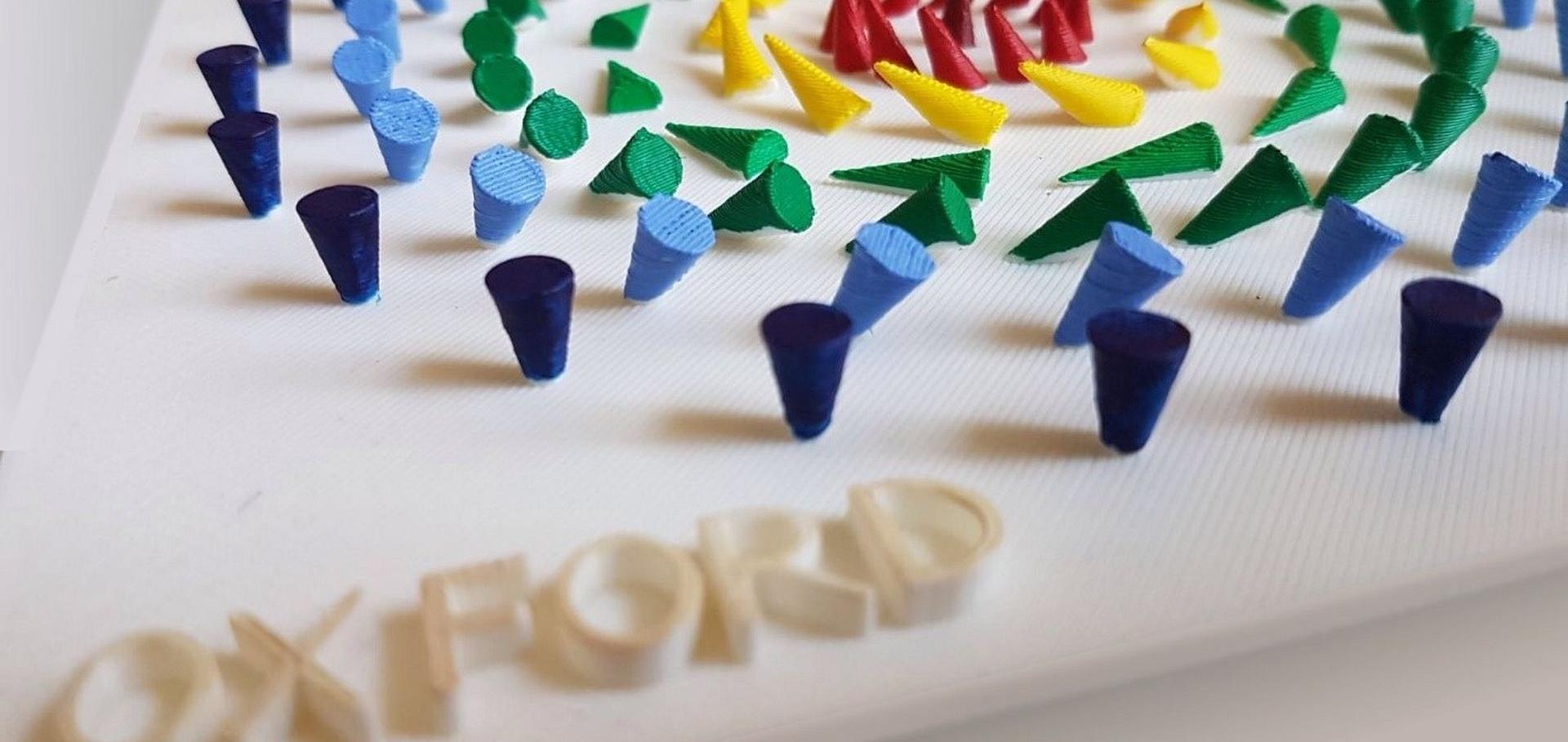Methane chemical vapor deposition on transition metal/GaAs samples - A possible route to Haeckelite carbon nanotubes?
Surface and Interface Analysis 44:4 (2012) 456-465
Abstract:
We present a systematic study of atmospheric chemical vapor deposition growth of carbon nanotubes (CNTs) on patterned, transition metal/GaAs samples employing methane as the carbon feedstock. Controlled CNT growth was found to occur from the exposed metal-semiconductor interface, rather than from the metal or semiconductor surfaces themselves. A fast sample loading system allowed for a minimization of the exposure to high temperatures, thereby preventing excessive sample damage. The optimum growth temperature for CrNi/GaAs interfaces is 700 °C (at a methane flow rate of 700 sccm). Possible growth scenarios involving the Ni-As-Ga system and its interaction with C is discussed. Raman spectroscopy of the CNTs revealed the presence of pentagon-heptagon defects. Closer analysis of the spectra points towards a mixture of so-called Haeckelite CNTs. © 2011 John Wiley & Sons, Ltd.Interface Characterization of Epitaxial Fe/MgO/Fe Magnetic Tunnel Junctions
Journal of Nanoscience and Nanotechnology 12:2 (2012) 1006-1023
An undergraduate nanotechnology engineering laboratory course on atomic force microscopy
IEEE Transactions on Education 54:3 (2011) 428-441
Abstract:
The University of Waterloo, Waterloo, ON, Canada, is home to North America's first undergraduate program in nanotechnology. As part of the Nanotechnology Engineering degree program, a scanning probe microscopy (SPM)-based laboratory has been developed for students in their fourth year. The one-term laboratory course Nanoprobing and Lithography is accompanied by a preceding one-term lecture course, Nanoprobing and Lithography. The lecture course lays the theoretical foundation for the concepts covered in the laboratory course. The students work in groups of two and obtain hands-on experience in biweekly 3-h laboratory sessions. The labs use a dedicated undergraduate SPM teaching facility consisting of five atomic force microscope stations. The laboratory course covers all common standard modes of operation, as well as force spectroscopy, electrostatic force microscopy, magnetic force microscopy, and scanning probe lithography by electrochemical oxidation and scratching/ploughing of resist. In light of the breadth of the nanotechnology engineering educational program in terms of synthesis and characterization of nanomaterials, the authors designed a dedicated SPM lab with a capacity of up to 130 students per term. © 2010 IEEE.Micromagnetic analysis of unusual, V-shaped domain transitions in MnAs nanowires
Journal of Magnetism and Magnetic Materials 323:14 (2011) 1840-1845
Abstract:
V-shaped domain transitions in αMnAs nanowires were investigated by micromagnetic simulations. These rather unusual domain patterns are commonly observed experimentally by surface-sensitive magnetic imaging techniques. It has been speculated that the accompanying inclined domain walls in MnAs are the result of either an exchange biasing effect between ferromagnetic αMnAs wires and antiferromagnetic βMnAs wires or possibly due to competing exchange mechanisms in MnAs. Here we present evidence that these domain features are in fact transitions between three-dimensional flux-closure domains of opposite chirality and can therefore rule out the involvement of an antiferromagnetic biasing effect or anisotropic exchange. The formation of the energetically unfavorable V-shaped domain transitions is discussed in the context of the magneto-structural phase transition of the sample. © 2011 Elsevier B.V.Are carbon nanotubes a naturally occurring material? Hints from methane CVD using lava as a catalyst
Current Nanoscience 7:3 (2011) 294-296


